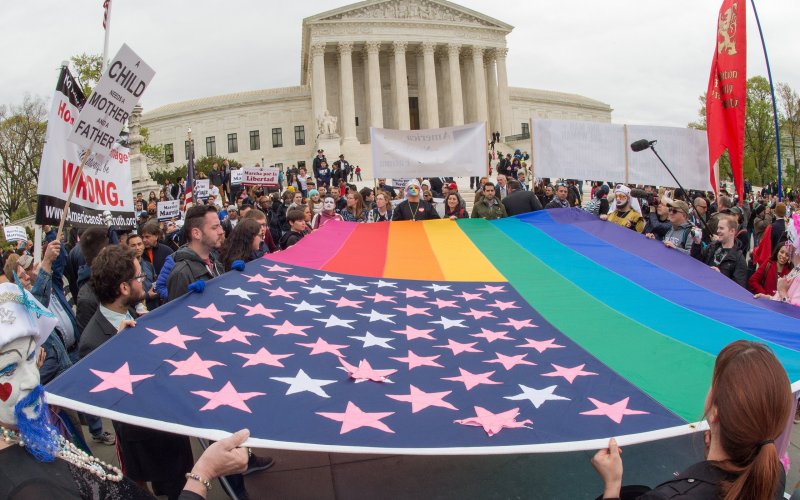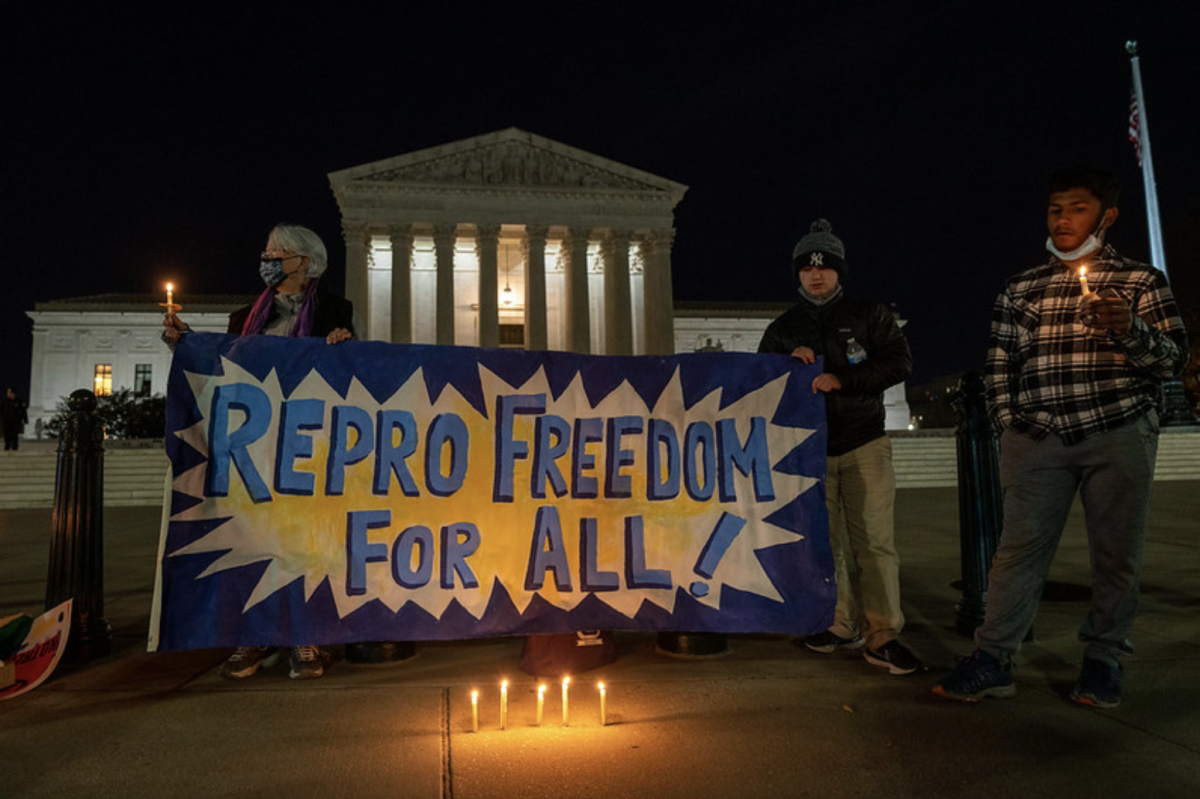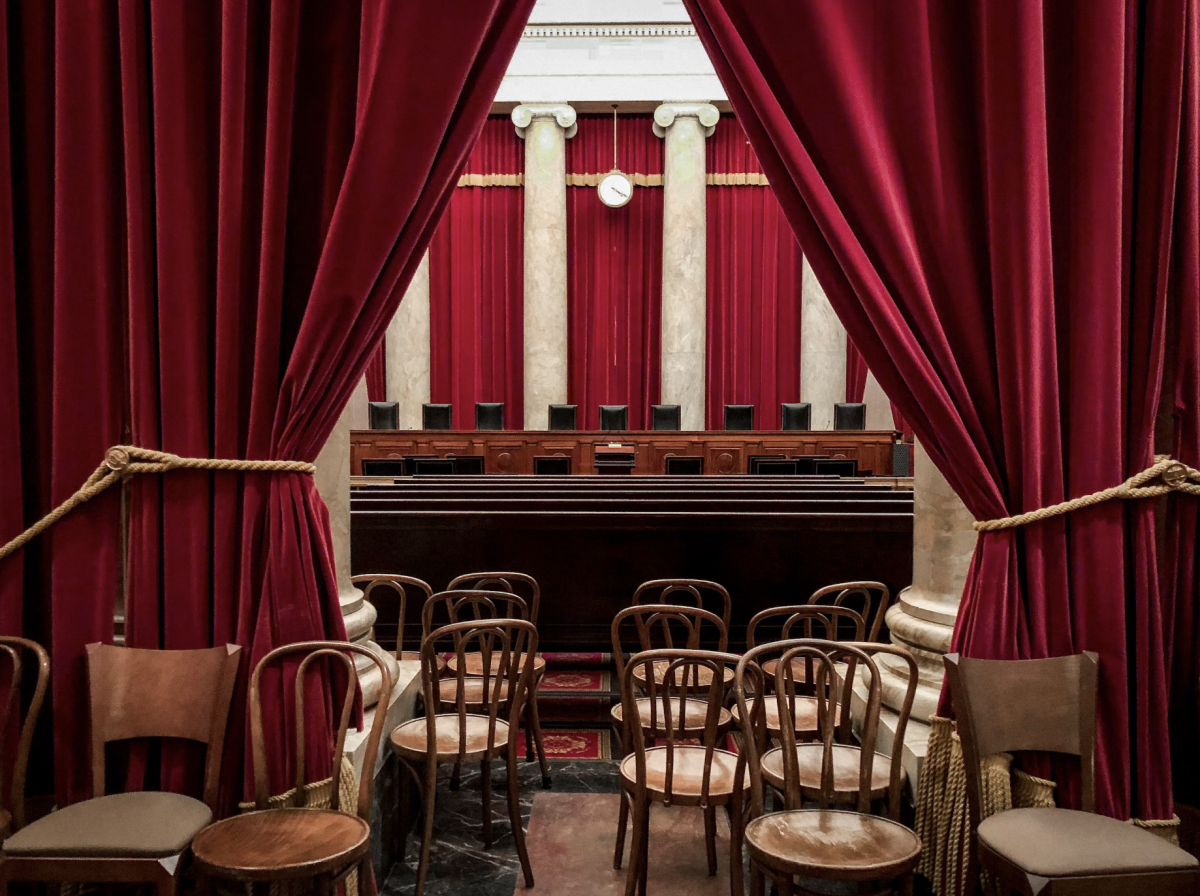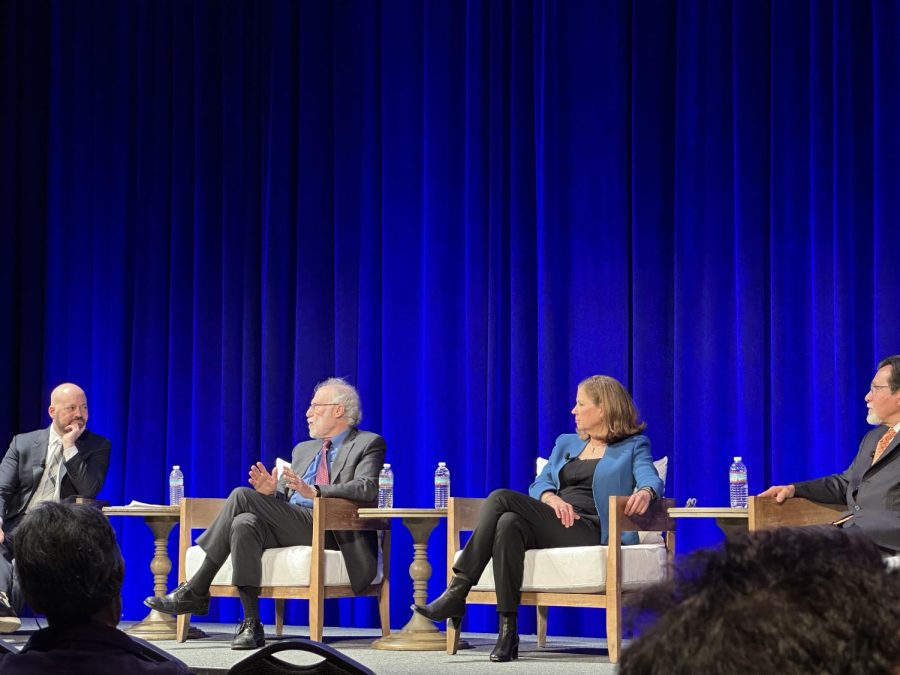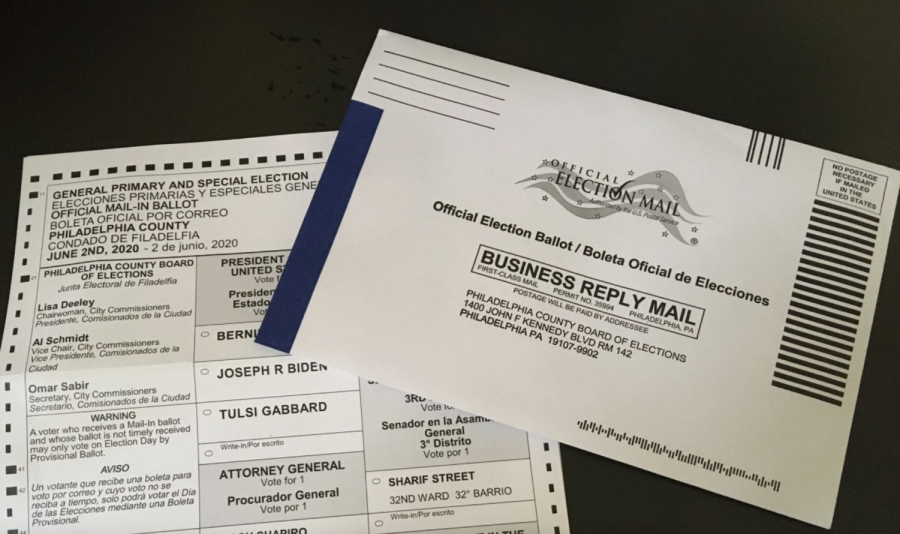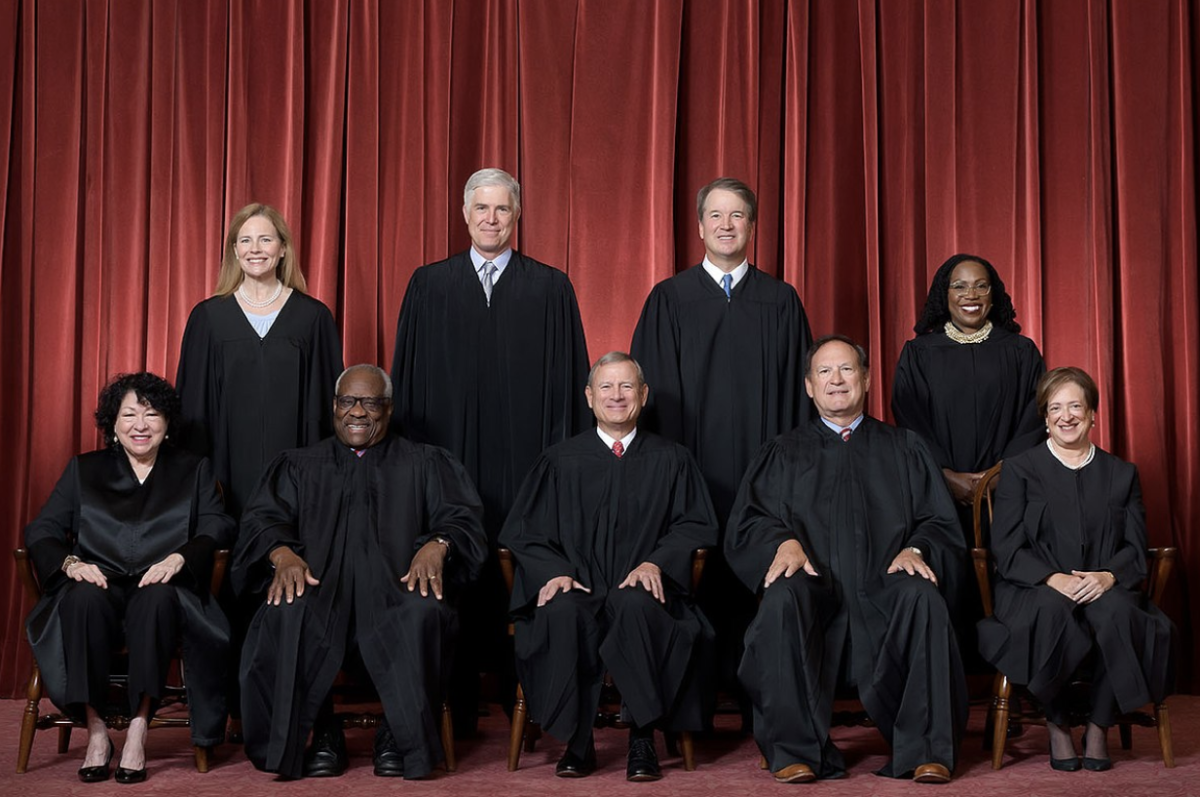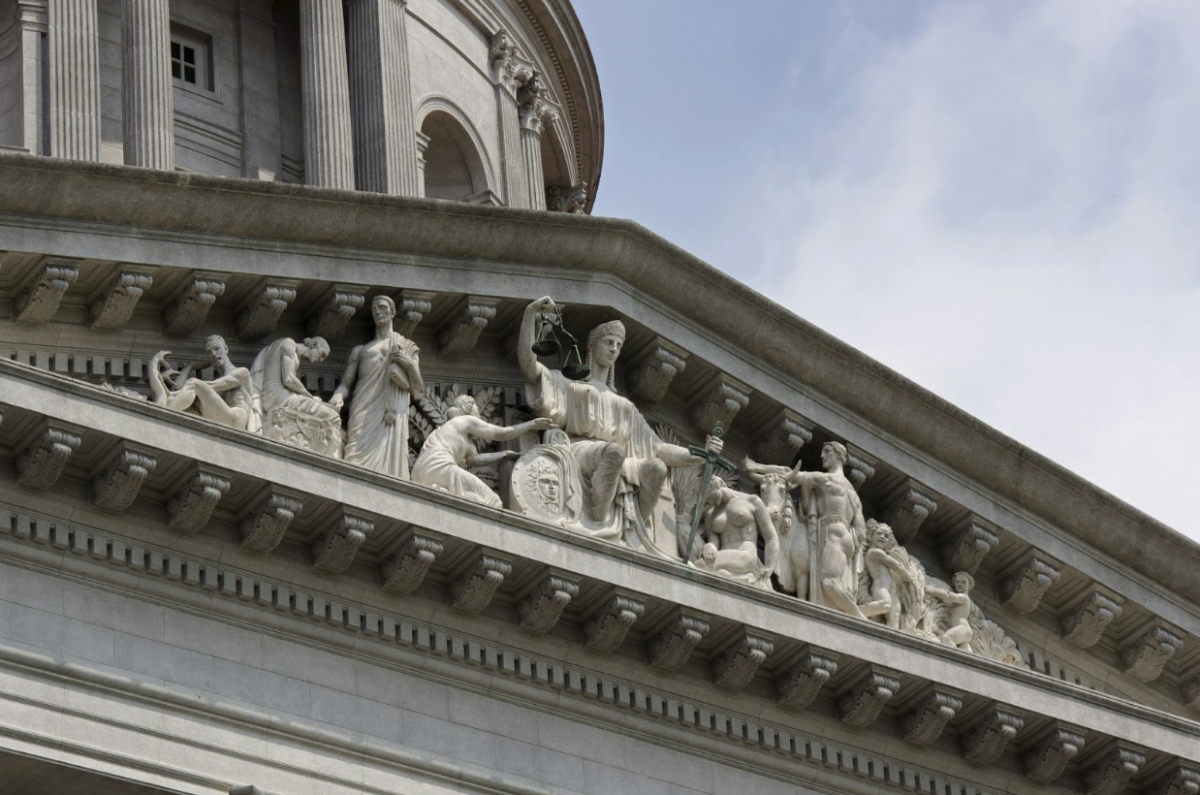On October 10, 1972, the U.S. Supreme Court ruled on a mandatory appeal (Baker v. Nelson) challenging the constitutionality of a state law that limited marriage to opposite-sex couples. It unanimously issued a single-sentence decision: “This appeal is dismissed for want of a substantial federal question.” On June 26, 2015, the U.S. Supreme Court ruled in a 5-4 decision (Obergefell v. Hodges) that the Constitution guarantees a right to same-sex marriage. Barring one unrelated amendment, the Constitution has not changed in the last four decades. This radical shift in the Supreme Court’s opinion can only be explained by the changing tides of public opinion.
According to orthodox political thought, shifts in public opinion are manifested only in the legislative and executive branches of government. As the public’s view on an issue changes, citizens choose to elect lawmakers and presidents in support of that new view. In theory, public opinion is not supposed to affect an independent judiciary. However, this is not always the case in practice. As much as Americans like to view the Supreme Court as the unchanging voice of a timeless document, it is inexorably influenced by public opinion, particularly on questions of civil rights and liberties. As social mores have changed, so too has the Supreme Court’s interpretation of the Constitution.
The Supreme Court codified this principle as it pertains to the Eighth Amendment in its 1958 Trop v. Dulles ruling: “The Amendment must draw its meaning from the evolving standards of decency that mark the progress of a maturing society.” This statement clearly implied that the Court should take public opinion into account in its interpretation of the Eighth Amendment. In 1972, when public support of the death penalty for murder was at 50%, the Supreme Court effectively banned capital punishment in Furman v. Georgia. By 1976, public support for the death penalty for murder had moved to 66%, the same year that the high court ended the ban on capital punishment in Gregg v. Georgia.
The justices also appeared to take heed of public opinion in its landmark Brown v. Board of Education ruling, which mandated school integration. In 1942, according to a National Opinion Research Center poll, 30% of white Americans were in support of school integration. By 1956, this figure was at just under 50%. Unfortunately, the survey was not conducted between 1942 and the 1954 Brown v. Board ruling, but it is reasonable to assume that public opinion on school integration progressed significantly during this period.
According to Gallup, 27 percent of Americans were in support of same-sex marriage legalization in 1996, the first year the survey was conducted. Less than twenty years later, this figure now stands at an astounding 60 percent. Surprisingly, there was a legal victory for gay marriage in the United States in 1996. The Hawaii Supreme Court first ruled in 1993 that the same-sex marriage ban in the state violated the Equal Protection Clause of the Hawaii Constitution and would thus have to be justified by the state under strict scrutiny. In 1996, the Hawaii Supreme Court ruled that the state had not established any compelling interest for its same-sex marriage ban, thus legalizing gay marriage statewide (Baehr v. Miike). However, the victory was short-lived.
Shortly after this decision, in 1998, an overwhelming majority of Hawaiian citizens voted for a constitutional amendment allowing the state legislature “the power to reserve marriage to opposite-sex couples.” In September 1996, just before the Hawaii Supreme Court’s final decision, the U.S. Congress passed the Defense of Marriage Act, which defined marriage as the union of one man and one woman for federal purposes. The quick legislative responses to the Baehr case demonstrate a truth of the “weakest of the three departments of power” – Alexander Hamilton’s characterization of the judiciary. Legal victories, it seems, are meaningless without political support when it comes to hot-topic social issues.
This simple truth partly explains why the Supreme Court refrains from making momentous decisions until the general public shows reasonable support. Its decisions are likely to be annulled by the legislature and general public otherwise. There is also another angle to this question of the influence of public opinion on judicial decisions. As the Trop Eighth Amendment ruling demonstrates, sometimes it makes sense for the Constitution to be informed by public opinion.
In the Obergefell majority opinion, Justice Anthony Kennedy writes: “The nature of injustice is that we may not always see it in our own times. The generations that wrote and ratified the Bill of Rights and the Fourteenth Amendment did not presume to know the extent of freedom in all of its dimensions, and so they entrusted to future generations a charter protecting the right of all persons to enjoy liberty as we learn its meaning.”
While it has aged astoundingly well, the Constitution does not contain clear answers to a number of questions unforeseen or unanswered by the Founders. This is the job of judges. Along with precedent, close textual analysis, and reasoned thought, public opinion is one source of information that judges can use to make an informed decision. There is nothing wrong with this, as long as it is reserved for interpreting unclear clauses that can be illuminated by public opinion. The Eighth Amendment and Equal Protection Clause seem to fit the bill.
But all this discussion raises an important question regarding the judicial branch. If the judiciary is influenced by public opinion on questions of equality, then how can it possibly protect the rights of minorities? In this case, minorities would only gain their rights when the majority deems it acceptable. This makes the Equal Protection Clause superfluous.
While a fascinating question, it goes beyond the scope of this essay. It is more relevant to examine the implication of this whole state of affairs. If citizens expect legal change, they cannot expect it to come from the judicial branch alone without a corresponding social movement and change in public opinion. This affirms the importance of non-profit advocacy organizations, many of which played a critical part in shifting public opinion on the issue of gay marriage.
[Image Credit: http://cdn.thedailybeast.com/content/dailybeast/articles/2015/04/27/supreme-court-gay-marriage-win-is-no-shoo-in/jcr:content/image.crop.800.500.jpg/47879469.cached.jpg]


